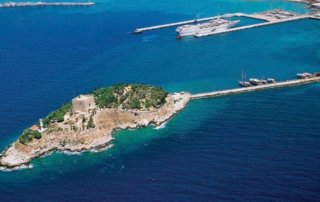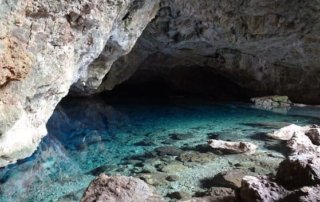Proje Açıklaması

The name Kuşadası comes from the Turkish words kuş (bird) and ada (island), as the island has the shape of a bird’s head (when seen from the sea). It was known as Ephesus Neopolis (Greek: Ἔφεσος Νεόπολις) during the Byzantine era, and later as Scala Nova or Scala Nuova under the Genoese and Venetians. Kuş Adası was adopted in its place at the beginning of the 20th century. Today, the citizens of Kuşadası often shorten the town’s name to Ada.
The area has been a centre of art and culture since some of the earliest recorded history, and has been settled by many civilizations since being founded by the Leleges people in 3000 BC. Later settlers include the Aeolians in the 11th century BC and Ionians in the 9th. Originally, seamen and traders built a number of settlements along the coastline, including Neopolis.
An outpost of Ephesus in ancient Ionia, known as Pygela (Πύγελα), the area between the Büyük Menderes (Maeander) and Gediz (Hermos) rivers, the original Neopolis, is thought to have been founded on the nearby point of Yılancı Burnu. Later settlements were probably built on the hillside of Pilavtepe, in the district called Andızkulesi today. Kuşadası was a minor port frequented by vessels trading along the Aegean coast. In antiquity it was overshadowed by Ephesus, until Ephesus’ harbor silted up. From the 7th century BC onwards the coast was ruled by Lydians from their capital at Sardis, then from 546 BC the Persians, and from 334 BC, along with all of Anatolia, the coast was conquered by Alexander the Great. From that point on the coastal cities in Anatolia became a centre of Hellenistic culture.



